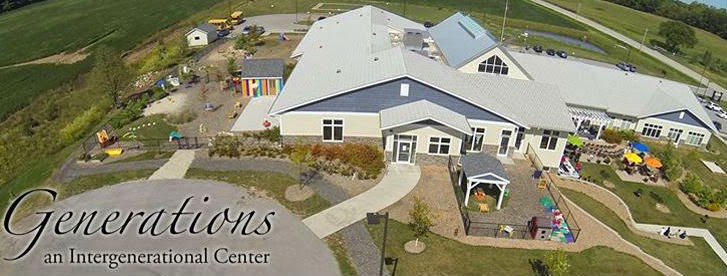EDITOR’S NOTE: Each week, we feature intergenerational program ideas that were tried and successful. This series is a tool to highlight various age-optimized programs and practices. The program descriptions are provided by representatives of the programs. Inclusion in this series does not imply Generations United’s endorsement or recommendation, but rather encourages ideas to inspire other programs.
In the latest of series, we feature Dance Generators West, based in San Francisco.
(Check our archives for parts 1-29.)
Dance Generators West is a part of the University of San Francisco's Department of Performing Arts and Social Justice.
Company members range in age from their teens through their eighties.
The Company believes that the combinations of physical and creative energies found in dance succeeds in motivating and inspiring activity and interaction between people of all ages who are at times, isolated from one another.
Through dance, the company shatters commonly held stereotypes about ageing, and creates bridges between people of all ages. Dance Generators show audiences that people who have been in motion for over 50 years bring unique qualities to dance.
Our performances combine improvisation, choreographed work, and audience participation.
The Company believes that the combinations of physical and creative energies found in dance succeeds in motivating and inspiring activity and interaction between people of all ages who are at times, isolated from one another.
Through dance, the company shatters commonly held stereotypes about ageing, and creates bridges between people of all ages. Dance Generators show audiences that people who have been in motion for over 50 years bring unique qualities to dance.
Our performances combine improvisation, choreographed work, and audience participation.
 Dance Generators introduce audiences to the tools and skills used in creating dances. They explore the process of dance-making through interactive activities and demonstrations.
Dance Generators introduce audiences to the tools and skills used in creating dances. They explore the process of dance-making through interactive activities and demonstrations.Dance Generators’ performances show that people at any age can be physically and artistically vital. Through individual and group expression and movement, ideas and stories are shared that transcend age differences.
Got something cool you tried that was successful? Why not tweet your cool intergenerational ideas to #cooligideas? You can also post them to our Intergenerational Connections Facebook Group or just text us through the Facebook Messenger app (friend me to join our Cool Intergenerational Ideas group discussion). We want to highlight innovative age-optimized programs and practices through our blog, social media and weekly e-newsletter! Share the inspiration.







.jpg)










